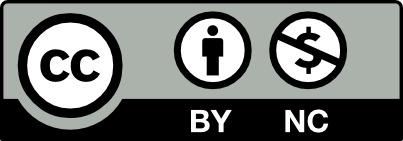Development of a Design Tool for Sizing and Optimizing Thrmosyphon Solar Water Heater Systems: A Case Study for Tripoli-Libya
DOI:
https://doi.org/10.51646/jsesd.v8i1.17Abstract
Thrmosyphon solar water heaters can be considered the most popular solar technology for supplying households with the needed hot water for domestic purposes. However, sizing these systems is mainly based on experience and trial methods, these methods were established more on intuition instead of scientifi approaches. Ths paper is aimed at studying the sizing of thermosyphon systems through the development of a dedicated generic design tool. Th tool can be utilized by manufacturers and engineers
to arrive at optimized systems designed according to the operating and weather conditions of certain geographical locations. The design tool is implemented in this study to fid the optimum system design that fis households in Libya (as a case study in this work) and accounts for the weather conditions of Tripoli and a simple, but representative, hot water load pattern. Two diffrent sizes of thermosyphon systems covers hot water load of 180 lit and 240 lit, and two diffrent confiurations with vertical and horizontal tanks are studied and the best fi designs are obtained. Th design tool has shown a great potential, and with further development and validation would be capable of widespread commercial application.
Downloads
Metrics
Downloads
Published
How to Cite
Issue
Section
License
Copyright (c) 2021 Solar Energy and Sustainable Development Journal

This work is licensed under a Creative Commons Attribution-NonCommercial 4.0 International License.














